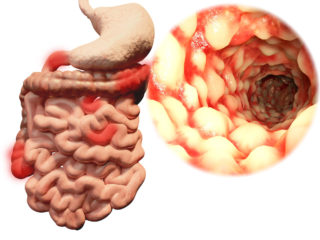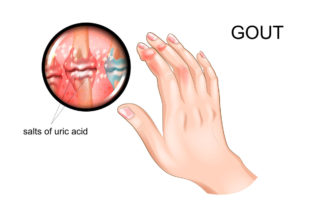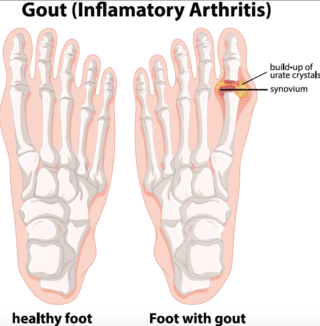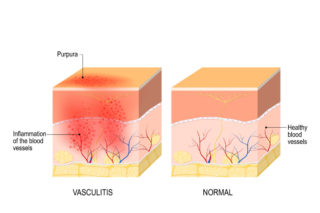Ankylosing Spondylitis
Ankylosing Spondylitis is a type of arthritis that affects the spine or back. It often begins in the lower back and moves up the spine, where joints and ligaments become inflamed, producing pain and stiffness. In advanced cases, the joints and vertebrae may fuse, making the spine rigid and inflexible.
AZIV Infusion Therapy Centers provides infusions to treat ankylosing spondylitis, including Remicade and Cimzia.
For more information on Ankylosing Spondylitis, visit the Arthritis Foundation at www.arthritis.org or the Spondylitis Association of America at www.spondylitis.org.

Symptoms of Ankylosing Spondylitis:
Early signs and symptoms of ankylosing spondylitis might include pain and stiffness in your lower back and hips and tends to be worse in the morning upon awakening and improves with activity. Neck pain and fatigue also are common. Symptoms are typically inconsistent – worsen, improve or stop at irregular intervals.
Areas most commonly affected include:
- The joint between the base of your spine and your pelvis (sacroiliac)
- The vertebrae in your lower back
- The places where your tendons and ligaments attach to bones (entheses), mainly in your spine, but sometimes along the back of your heel
- The cartilage between your breastbone and ribs
- Your hip and shoulder join
- Inflammation of the eyes, skin, peripheral joints, soft tissue or gastrointestinal tract
- For some, the pain occurs in the peripheral joint such as the hip, ankle, elbow, knee, heel, or shoulder.
Diagnosis of Ankylosing Spondylitis:
Diagnosing disorders comparable to Ankylosing Spondylitis can prove especially challenging as there are limited blood tests and imaging studies that can effectively evaluate patients.
During a physical exam, your doctor might ask you to bend in different directions to test the range of motion in your spine. He or she might try to reproduce your pain by pressing on specific portions of your pelvis or by moving your legs into a particular position.
Imaging tests
X-rays allow your medical professional to check for changes in your joints and bones, though the visible signs of Ankylosing Spondylitis might not be evident early in the disease.
An MRI uses radio waves and a strong magnetic field to provide more-detailed images of bones and soft tissues. MRI scans can reveal evidence of ankylosing spondylitis earlier in the disease process, but are much more expensive.
Lab tests
There are no specific lab tests to identify Ankylosing Spondylitis. Certain blood tests can check for markers of inflammation, but inflammation can be caused by many different health challenges.
Rheumatologists use a combination of blood tests, imaging studies, and your clinical history to arrive at a diagnosis of Ankylosing Spondylitis.
Testing for the HLA B27 gene can be helpful in identifying those patients with back pain who may be at an increased risk of developing Ankylosing Spondylitis Most people who have that gene don’t have Ankylosing Spondylitis, and fewer African American people with the disease have the gene than do causation people.
Treatment of Ankylosing Spondylitis:
The goal of treatment for Ankylosing Spondylitis is to relieve your pain and stiffness, and prevent or delay complications and spinal deformity. Ankylosing Spondylitis treatment is most successful before the disease causes irreversible damage to your joints.
AZIV Infusion provides the following biologic injections and infusions in a convenient and comfortable setting for patients seeking treatment for Ankylosing Spondylitis:























